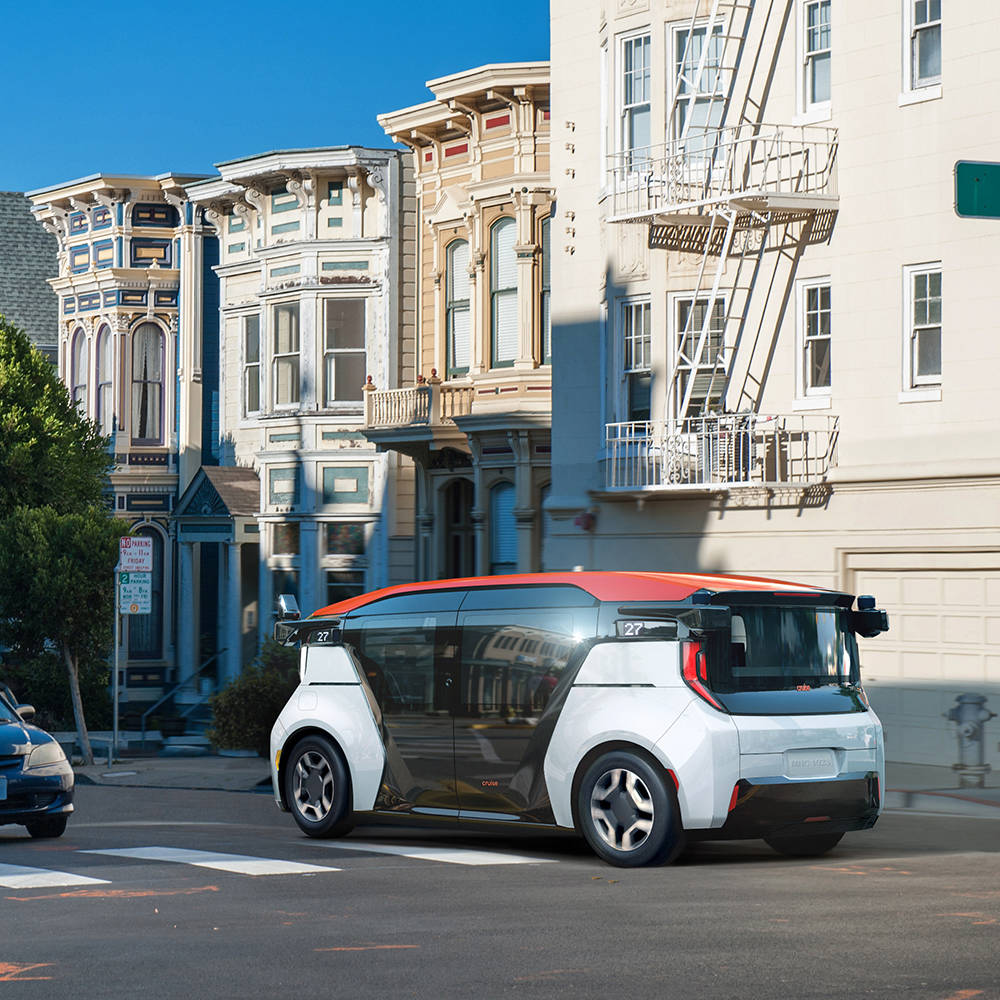GM’s Cruise To Resume Operations In Phoenix With Human Drivers

After six months pause, GM’s Cruise is set to resume operations starting in Phoenix, but with a human driver
GM’s Cruise division has confirmed it will resume transportation operations starting in the city of Phoenix, after a six months pause over safety concerns.
Cruise announced that after it had paused operations in October 2023, “to focus on rebuilding trust with regulators and the communities we serve, and to redesign our approach to safety,” it is now set to resume operations in certain cities, starting in Phoenix, but with human drivers.
Cruise’s return has been rumoured for a while now after California Department of Motor Vehicles had suspended Cruise’s robotaxi permit last year, when a pedestrian was struck by a vehicle driven by a hit-and-run driver, who fled the scene.

Resuming operations
The pedestrian was unfortunately flung into the path of the Cruise robotaxi, and the person was then dragged beneath the robotaxi for 20 feet (6 metres) as it pulled over to the side of the road.
The critically injured female pedestrian was pinned beneath its rear wheels and had to be extracted from under the robotaxi with the help of the “jaws of life” by the Fire Department, before being taken to San Francisco General Hospital with “multiple traumatic injuries.”
Before suspending operations over safety concerns last year, the company had hundreds of cars in operation in Phoenix, San Francisco and smaller numbers in Austin,
Now it said it will resume operations in certain cities, firstly Phoenix, but with some notable limitations.

“We’ve made significant progress, guided by new company leadership, recommendations from third-party experts, and a focus on a close partnership with the communities in which our vehicles operate,” said the GM unit.
“Looking to the next chapter, our goal is to resume driverless operations,” it stated. “As we continue working to rebuild trust and determine the city where we will scale driverless, we also remain focused on continuing to improve our performance and overall safety approach. To that end, Cruise is resuming manual driving to create maps and gather road information in select cities, starting in Phoenix.”
“This work is done using human-driven vehicles without autonomous systems engaged, and is a critical step for validating our self-driving systems as we work towards returning to our driverless mission,” it said. “This will help inform where we ultimately will resume driverless operations.”
Safety steps
Cruise set out a number of steps before it will resume driverless operations, starting with “identifying high fidelity location data for road features and map information like speed limits, stop signs, traffic lights, lane paint, right turn only lanes and more.”
It said that having current and accurate information will help an autonomous vehicle understand where it is and the location of certain road features.
Cruise also said it measures its perception and prediction systems against its elevated performance criteria, using trained safety drivers as a benchmark.
It said that at this stage, no autonomous systems will be engaged and the vehicles will not carry public passengers.
The next step will be to validate the self-driving cars performance against its new safety and AV performance requirements. It said that during this phase, the Cruise vehicles will drive themselves and a safety driver is present behind the wheel to monitor and take over if needed.
Cruise said it has new leadership “to support safety, legal, regulatory, and communications functions.”
It has also hired an experienced chief safety officer; established a regulatory team; strengthened internal safety governance processes; and updated incident response and crisis management protocols.
“We believe AVs will save lives and significantly reduce the number and severity of accidents on America’s and Arizona’s roads every year,” Cruise concluded. “AVs will also improve lives – including creating convenient and safe transportation options for the elderly and those with disabilities.”
Tough period
Cruise has endued a tough period following the accident last year. Cruise had to perform recalls on 950 cars whilst it was investigated by the SEC and US Department of Justice.
Cruise also cut a quarter of its staff, namely 900 jobs in December.
That same month Cruise dismissed nine key people amid a safety investigation, after Cruise was hit with a $1.5m penalty for allegedly failing to disclosure details about the accident. The California Public Utilities Commission (PUC) had alleged the firm tried to conceal how its robotaxi reacted to the accident for more than two weeks.
Among the dismissed Cruise executives was Chief Operating Officer Gil West. It came after Cruise also reportedly compelled its former CEO Kyle Vogt and chief product officer and co-founder Daniel Kan to step down.
This was topped off in January 2024, when General Motors (GM) said it would scale back spending on its Cruise division.
GM CEO Mary Barra told investors that General Motors would be cutting spending by about $1 billion at its Cruise division in 2024.